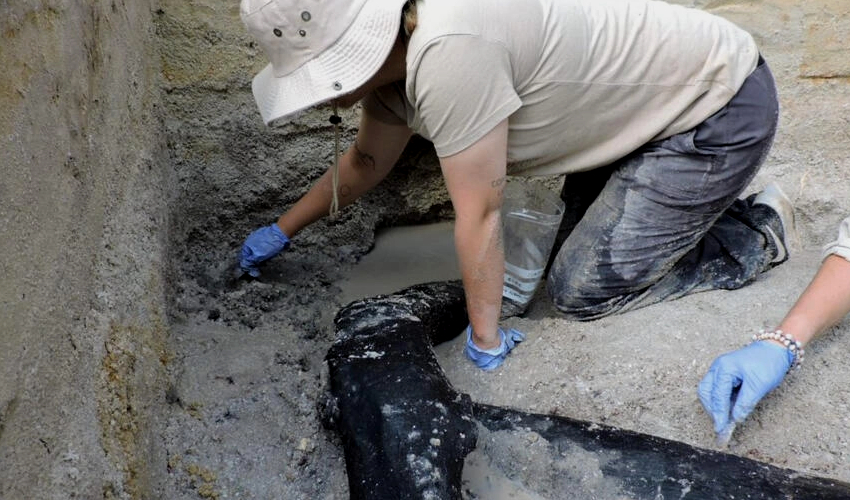Archaeologists have made a groundbreaking discovery asthey unearthed the world's oldest wooden structure at Kalambo Falls in Zambia.
This incredible find dates back approximately 476,000 years, a period long before the emergence of Homo sapiens.
The well-preserved wooden structure, believed to be a platform, walkway, or raised dwelling, shows evidence of stone tools being used to connect two large logs.
This suggests that our ancestors were more advanced and innovative than previously believed.
The site also yielded a collection of wooden tools, including a wedge and a digging stick.
While our human ancestors were known to use wood at this time, it was typically for limited purposes like fire starting or hunting. This discovery challenges the notion that these early humans were entirely nomadic because the structure implies a more settled, permanent dwelling near a consistent water source, the Kalambo River.
According to Larry Barham - the lead author of the study and an archaeologist at the University of Liverpool in the UK - the previous oldest known wooden structure dated back approximately 9,000 years.
Archaeologists made this "chance discovery" in 2019 during excavations near the Kalambo River, located above a 770-foot waterfall.
Ancient wood is rarely found due to its tendency to decay over time, but the high water levels at Kalambo Falls likely preserved the structure for centuries.
This finding suggests an advanced level of abstract thinking, planning, and perhaps even early forms of language among our ancestors.



























